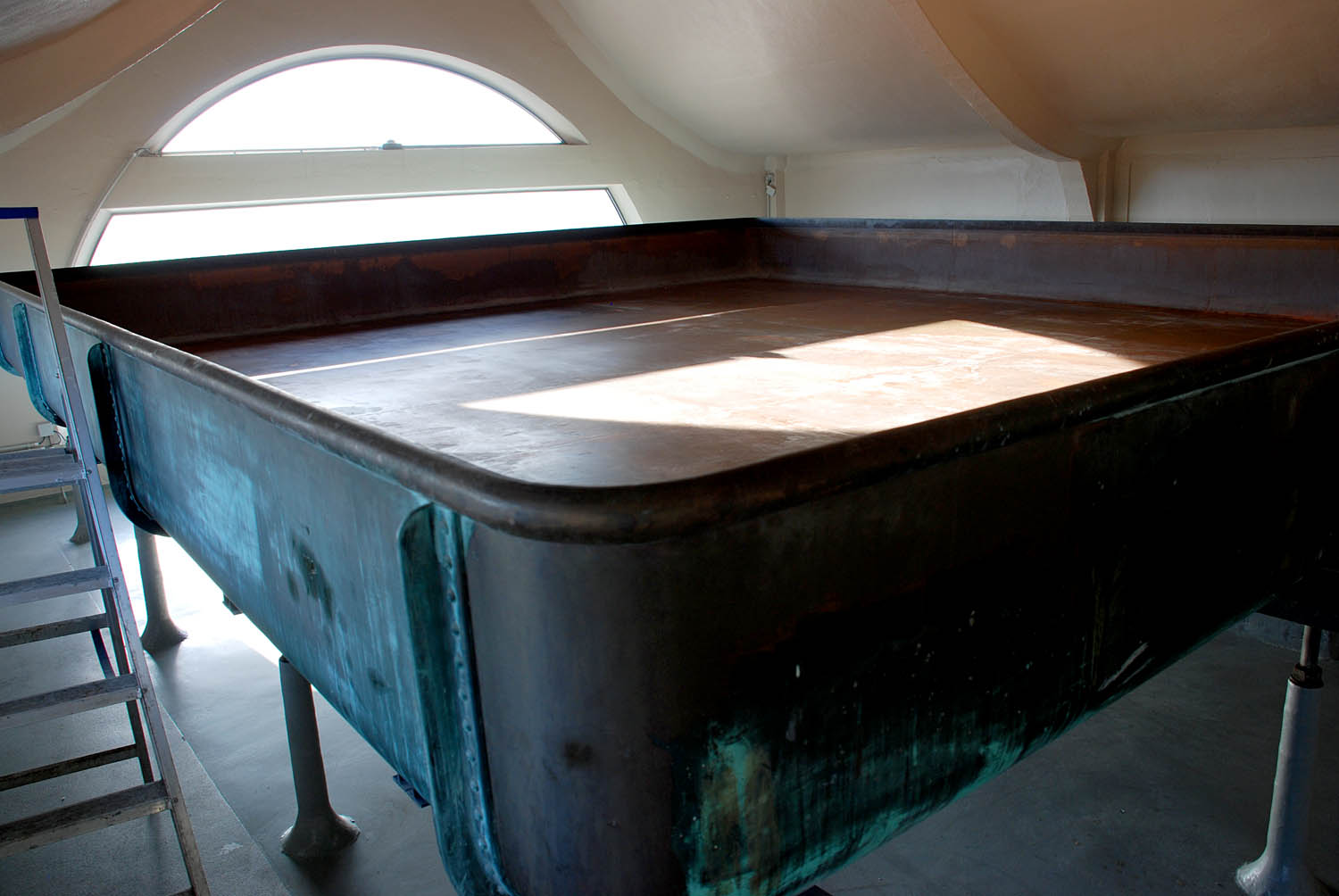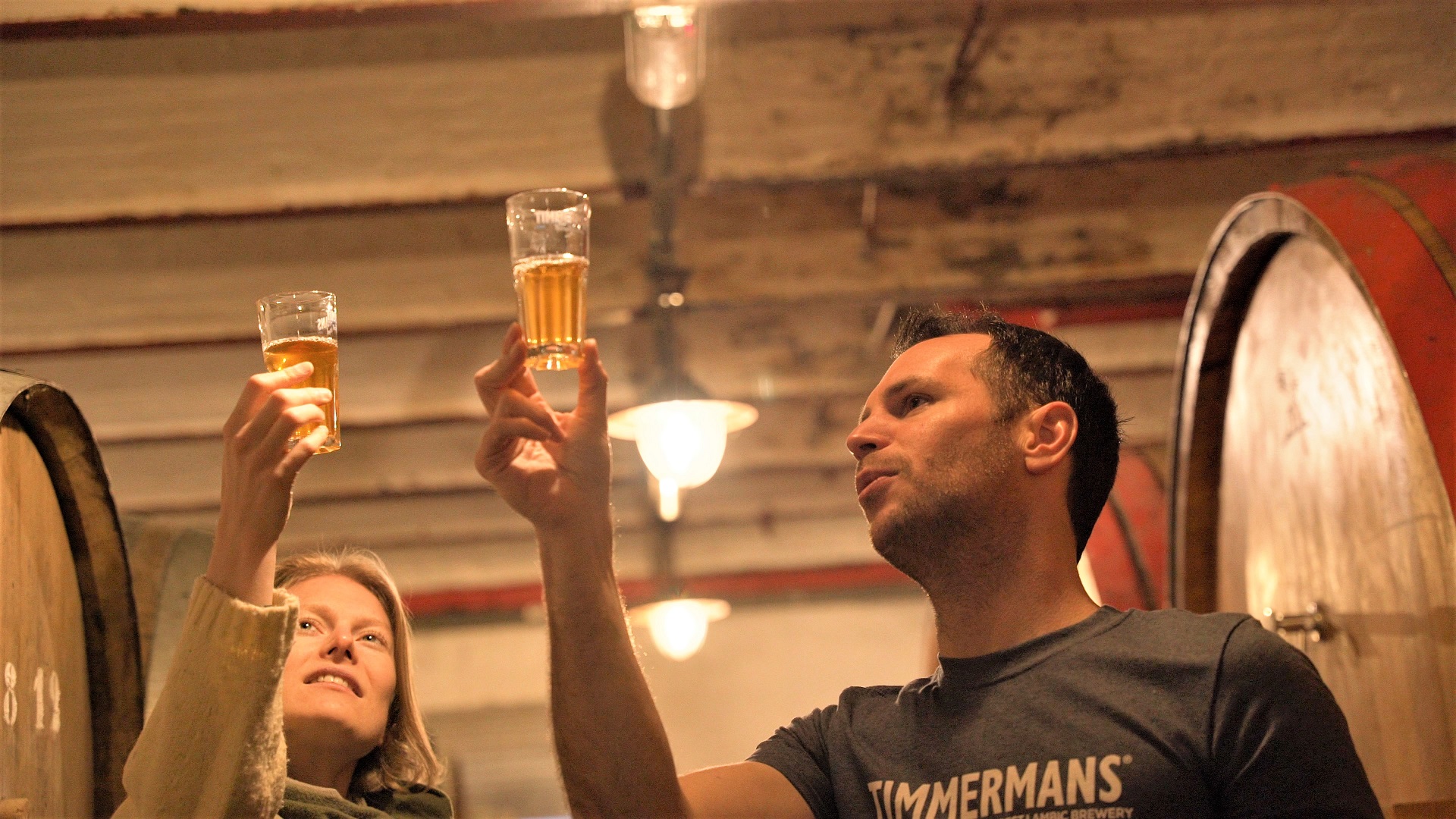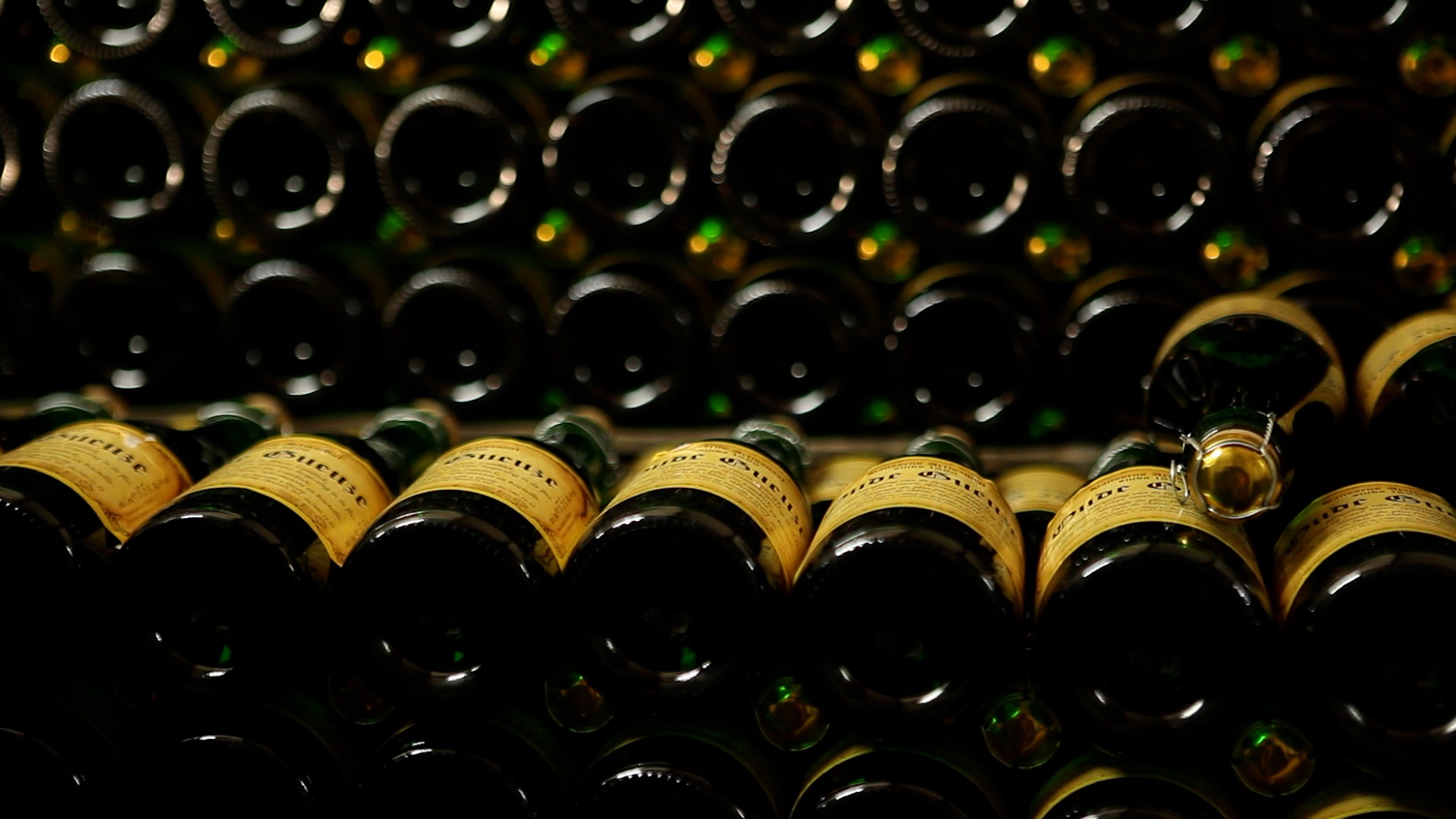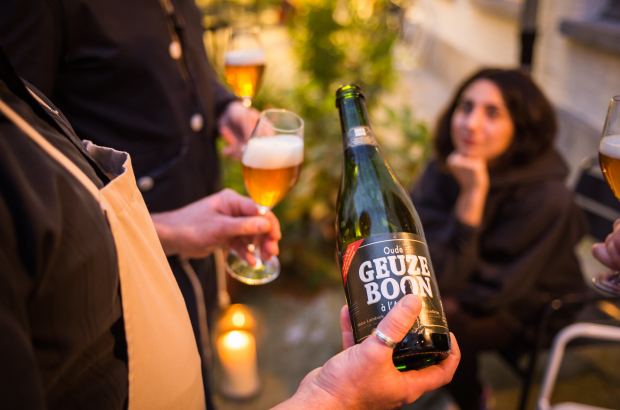- Daily & Weekly newsletters
- Buy & download The Bulletin
- Comment on our articles
Get to know the world’s most unique beer at Toer de Geuze
You know that Belgium makes the best beer in the world, but did you know that there is a kind of beer that can only be made in Belgium? In fact, it can only be made in the Zenne river valley.
That beer is lambic, and it is being celebrated this weekend during the Toer de Geuze. The Pajottenland region of Flemish Brabant is home to the most lambic brewers, and a normal edition of the Toer de Geuze sees them opening their doors for tours, tastings and special activities.
The biennial event takes place during the first weekend of May, but measures to control the spread of the coronavirus mean that it will be held online this time. Live sessions with brewers and sommeliers will teach you all about lambic – and geuze and kriek.
But what’s the difference between these beers and what makes them unique to Flemish Brabant? Simply put, geuze and kriek are derived from lambic, and lambic –known as lambiek in Dutch – can only be made in the Zenne river valley.

Lambic spontaneously fermenting in a coolship ©Wikipedia
While most beers are fermented in those giant vats that are synonymous with breweries, lambic is fermented in the open air. Open flat vats (called coolships) contain the mixture of barley malt and wheat known as wort. Windows are left open so the wort is exposed to the open air.
Then, rather than yeast being added by the brewer as with others beers, wild yeasts and bacteria fall into the coolship on their own. Known as spontaneous fermentation, it is a process that literally relies on nature to work. The naturally occurring yeasts and bacteria in the Zenne river valley mixes with the wort, creating the brew called lambic.
This fermentation also relies on cold temperatures, which produces the right ratio of yeast and bacteria. If it’s too warm, harmful bacteria will ruin the wort. So lambic wort can only be exposed to open air when the temperature is between 0 and 10°C. This limits the brewing period, which is from late autumn to early spring.
Because nowhere else in the world has this precise mixture of organisms at the right temperature, nowhere else can produce the same beer. The name “lambic” is protected under Belgian and European law.

©Courtesy Toerisme Vlaams-Brabant
While the upcoming Toer de Geuze is digital, you can still head to the breweries and bars of Pajottenland later when terraces open. You can order a lambic as is, but some beer lovers prefer kriek, made when lambic is fermented with sour cherries.
Still others order a glass of geuze, a blend of young lambic (less than one year old) and old lambic (two or three years old). Bottled together, the sugars of the young lambic interact with the old lambic, re-fermenting the brew and creating geuze.
While some brewers make both lambic and geuze, there are businesses that make geuze alone. They are known as blenders rather than brewers. But they are no less masterful in their craft, mixing lambics from different brewers to create an endless variety of unique tastes.

©Courtesy Toerisme Vlaams-Brabant
Lambic-based beers are not like any other; they are sour in a way that often surprises people new to the tipple. While some larger breweries sweeten their kriek beers with cherry-flavoured syrup, real kriek does not contain artificial sweeteners.
The weekend Toer de Geuze programme includes many talks with brewers from lambic and geuze breweries and blenderies, including Mort Subite, Boon and Oud Beersel. There are also food-pairing sessions to learn just what to serve with these very special beers. The website’s helpful map shows you were to find the breweries and blenderies.
Pajottenland is gorgeous in the spring and summer, its valleys and hills verdant, its farmland vast. The Flemish Brabant tourist office helps you discover it with a special Lambiek-Geuze Bicycle Route, which starts at De Lambiek visitor centre (currently closed) and passes by no fewer than four breweries and blenderies as well as the picturesque Hallerbos forest.
Photo top ©Courtesy Visit Flanders


















